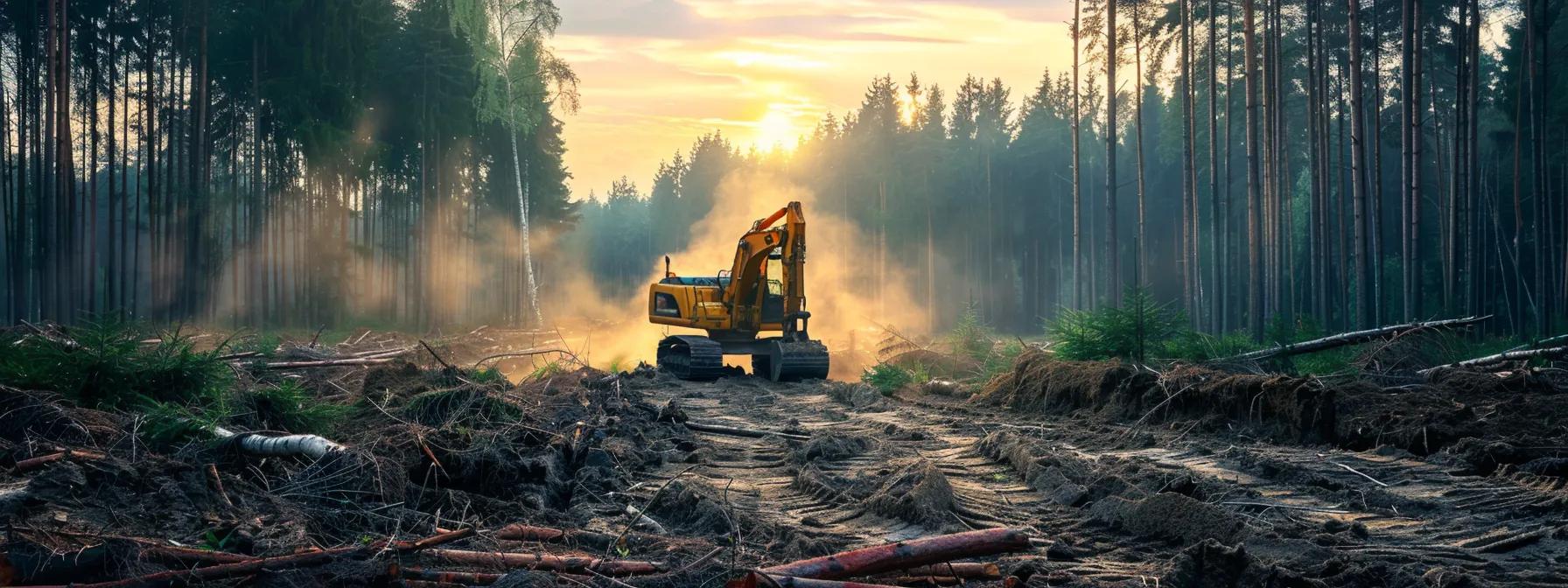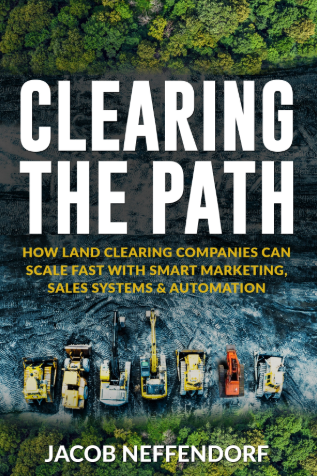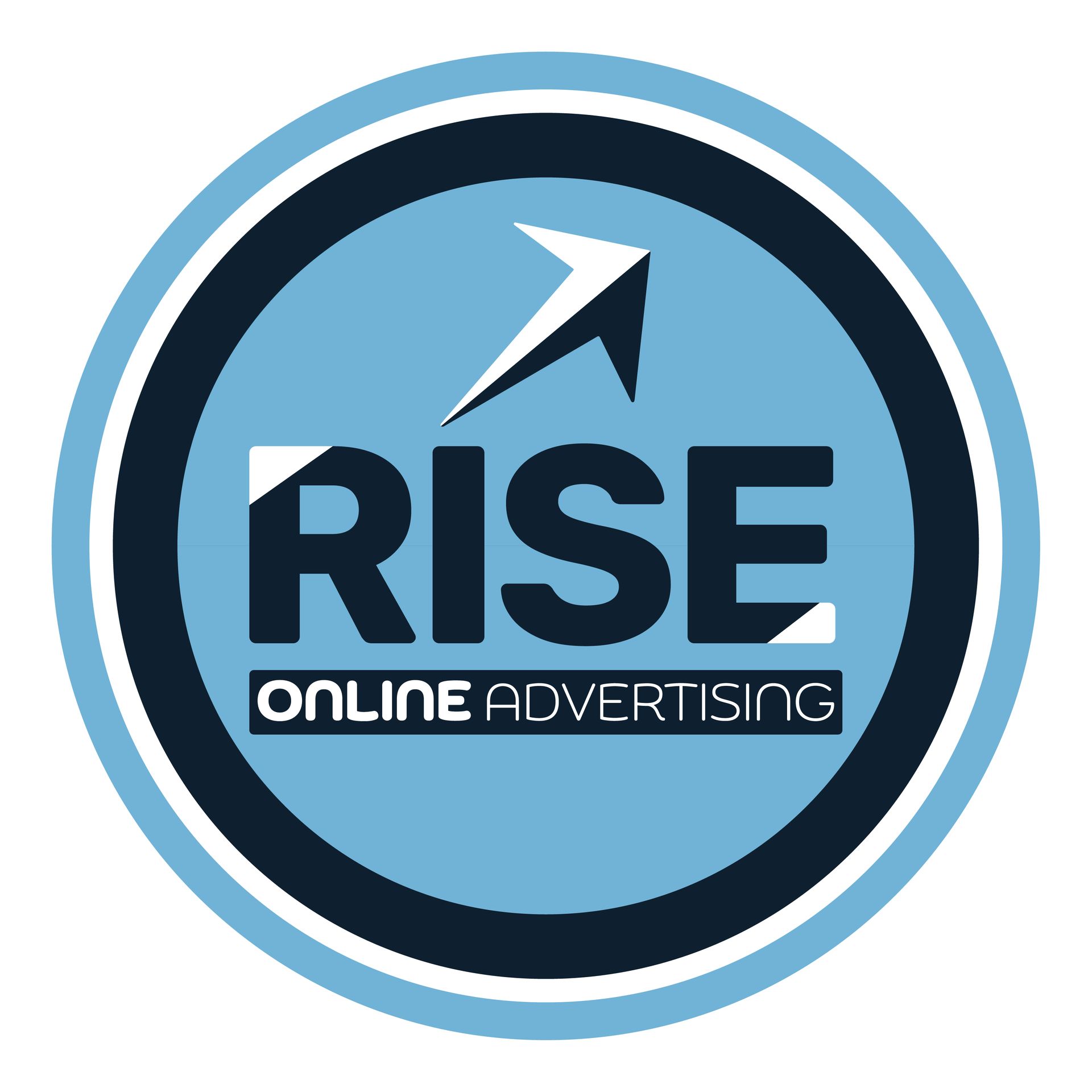How Much Should a Land Clearing Business Spend on Google Ads?

How Much Should a Land Clearing Business Spend on Google Ads?
Determining the right Google Ads budget for a land clearing business can unlock a steady flow of qualified land clearing leads without overspending. This guide promises practical benchmarks, hands-on calculators, and advanced ROI strategies to help you invest wisely in Google Ads. We’ll cover average budgets, step-by-step budgeting methods, ROI-maximizing tactics, spend-to-lead impacts, timing for budget shifts, alternative channels, and ongoing spend optimization. By using these insights—and tapping Rise Online Ads’ expertise at riseonlineads.com —you’ll build a data-driven plan that fuels growth and safeguards your ad dollars.
What Is the Average Google Ads Budget for Land Clearing Businesses?
An average Google Ads budget for a land clearing business ranges from $1,500 to $10,000 per month depending on market size and competition. Establishing these benchmarks helps owners gauge realistic investment levels and set performance expectations. For instance, a small operation might spend $1,500 monthly to capture local excavation leads, while larger firms allocate up to $10,000 to dominate a regional market. Understanding these ranges sets the stage for precise budget calculations in the next section.
Average Google Ads Budget
The average Google Ads budget for a land clearing business can range from $1,500 to $10,000 per month, depending on factors like market size and competition [1, 8]. Small operations might spend around $1,500 monthly, while larger firms could allocate up to $10,000 to dominate a regional market [1].
Jarrett, C., A Guide to Google Ads Budgets for Small Business (2025)
This range helps businesses set realistic investment levels and manage performance expectations [1].
How do industry averages influence ad spend decisions?
Industry averages serve as a compass for ad spend, guiding you to neither undershoot nor overspend your ad budget. Benchmarks reflect average cost-per-click (CPC) rates, average conversion rates, and regional competition levels. By aligning your budget with these metrics, you reduce guesswork and can adjust bids to stay competitive. A clear picture of industry norms informs your bid strategies and helps forecast lead volume at various spend levels.
What factors cause budget variations in land clearing Google Ads?
Several variables drive budget differences among land clearing businesses:
- Geographic Competition – Densely populated regions attract higher CPCs.
- Service Scope – Offering specialized services (tree removal, stump grinding) often requires niche keyword bids.
- Seasonality – Peak construction months demand higher budgets for greater lead volume.
How to compare your budget with competitors in land clearing?
Before benchmarking, gather competitor ad spend insights through tools like SEMrush or Auction Insights in Google Ads. Compare your monthly spend, impression share, and average positions against regional rivals.
| Competitor Segment | Attribute | Value |
|---|---|---|
| Small operators | Avg. Monthly Spend | $1,000–$2,000 |
| Mid-sized firms | Avg. Monthly Spend | $3,000–$6,000 |
| Large enterprises | Avg. Monthly Spend | $7,000–$10,000+ |
These figures reveal where you stand and whether you need to increase bids or refine targeting. Next, learn how to calculate a custom budget based on your specific lead goals.
How Can Land Clearing Businesses Calculate the Right Google Ads Budget?
Calculating the right budget involves linking your cost-per-lead goals to conversion rates and lead volume targets. By understanding lead costs and conversion efficiency, you can forecast monthly spend precisely. For example, if you need 20 leads and your average cost per lead is $75, you’d plan a $1,500 budget. This formulaic approach ensures your investment aligns with revenue goals and client acquisition needs.
What role do lead costs and conversion rates play in budgeting?
Lead cost and conversion rate define the budget equation:
- Lead cost is the average expense to secure one inquiry.
- Conversion rate is the percentage of clicks that become leads.
Accurate tracking of these two metrics allows you to reverse-engineer your budget. Tracking a 5% conversion rate at a $3 CPC means each lead costs roughly $60, providing clarity on how many clicks and how much spend you need to hit your lead targets.
How to estimate monthly spend based on desired land clearing leads?
To estimate monthly spend:
- Define Lead Goal – Decide the number of land clearing leads needed.
- Calculate Cost Per Lead – Divide total ad spend by the number of leads in past campaigns.
- Multiply – Multiply your lead goal by the cost per lead to get the monthly budget.
By following these steps, you ensure your budget reflects real-world performance rather than arbitrary guesses.
Which budgeting models work best for small vs. large land clearing businesses?
Below is a comparison of two popular budgeting models:
| Business Scale | Attribute | Model |
|---|---|---|
| Small operations | Budget Approach | Percentage of Revenue (5–10%) |
| Large enterprises | Budget Approach | Objective-and-Task |
Small firms often tie ad spend to a fixed percentage of monthly revenue, while larger businesses allocate budgets based on lead volume objectives and campaign tasks. Choosing the right model ensures sustainable, scalable investment.
What Are the Best Strategies to Maximize ROI on Google Ads for Land Clearing?
ROI hinges on precise targeting, compelling keywords, and rigorous performance tracking. Optimizing these areas boosts lead quality and reduces wasted spend. By refining ad audiences, testing high-intent keywords, and monitoring key metrics, you’ll convert clicks into projects with higher profitability.
How to optimize ad targeting for land clearing leads?
Effective targeting zeroes in on users actively seeking land clearing services:
- Geolocation Targeting – Focus on specific counties or zip codes with high land development activity.
- Demographic Filters – Prioritize homeowners, contractors, and land developers.
- Ad Scheduling – Run ads during business hours when decision-makers are most responsive.
Target refinement ensures your ads appear before the right audience at the right time and location.
What keywords and ad copy generate the highest quality leads?
High-impact keywords and persuasive ad copy drive qualified traffic:
- "Land clearing contractors near me"
- "Tree removal and grading service"
- "Site preparation for construction"
Pair these with value-focused headlines like “Licensed Land Clearing Experts” and calls-to-action such as “Get a Free Site Assessment.” Tailoring copy to service benefits boosts click-through rates and lead quality.
How to track and measure Google Ads performance effectively?
Tracking performance requires integrating Google Ads with analytics tools to capture click and conversion data. Set up conversion actions for form submissions and calls, then sync with Google Analytics or a CRM. Continuous monitoring reveals which campaigns deliver the best cost-per-lead and can inform bid adjustments.
Which Google Ads metrics matter most for land clearing businesses?
Below are the key metrics to gauge campaign health:
| Metric | Attribute | Benchmark |
|---|---|---|
| Cost Per Lead (CPL) | Efficiency | $50–$100 |
| Conversion Rate | Effectiveness | 3–7% |
| Click-Through Rate | Engagement | 4–6% |
Focusing on these metrics guides you to optimize bids, pause underperforming ads, and allocate budget to top-performing campaigns.
How Does Google Ads Spend Impact Lead Generation for Land Clearing Services?
Increasing ad spend typically raises lead volume but can also dilute quality if not managed carefully. A balanced approach ensures growth without degrading ROI. By testing spend increments and monitoring lead attributes, you can find the sweet spot where cost per lead remains profitable.
What is the typical cost per lead in the land clearing industry?
Land clearing businesses often experience a cost per lead between $50 and $120, influenced by service complexity and geographic competition. Tracking this range enables you to set realistic bid caps and avoid overpriced clicks.
How does increasing ad spend affect lead volume and quality?
Raising budgets by 10–20% can increase lead volume proportionally, but quality may dip as lower-intent searches enter the funnel. Continuous A/B testing of ad copy and bid adjustments ensures you capture high-value prospects rather than just higher numbers.
What are common pitfalls in Google Ads spending for land clearing?
Pitfalls include:
- Overbidding on broad keywords that attract unqualified traffic.
- Ignoring Negative Keywords, leading to irrelevant clicks.
- Lack of Conversion Tracking, making it impossible to measure true ROI.
Avoiding these mistakes keeps your budget focused on profitable lead generation.
When Should a Land Clearing Business Adjust Its Google Ads Budget?
Budget adjustments should align with performance indicators, seasonal demand shifts, and growth milestones. Timely changes prevent wasted spend during slow periods and capitalize on peak lead seasons.
How to identify signs that your ad budget needs changing?
Watch for these signals:
- Rising Cost Per Lead – When CPL increases beyond your target range.
- Declining Conversion Rate – When fewer clicks become leads.
- Impression Share Drop – When your ads lose visibility to competitors.
Detecting these trends early lets you fine-tune bids or reallocate budget to high-ROI campaigns.
What seasonal factors influence Google Ads spend in land clearing?
Seasonal demand peaks in spring and fall when construction schedules accelerate.
| Season | Demand Trend | Budget Adjustment |
|---|---|---|
| Spring | High site prep demand | Increase budget by 20% |
| Summer | Moderate project volume | Maintain or reduce 10% |
| Fall | Renewed post-summer work | Increase budget by 15% |
Planning for these cycles maximizes visibility during high-conversion periods.
How to scale your budget during business growth or slow periods?
During growth phases, gradually raise bids on top-performing keywords and expand geo-targets. In slow periods, trim underperforming campaigns, pause low-ROI keywords, and reallocate spend to remarketing to nurture warmed prospects.
What Are Alternative Advertising Options Besides Google Ads for Land Clearing Leads?
While Google Ads drives immediate demand, diversifying into other channels spreads risk and enhances reach. Exploring complementary digital and offline channels ensures you capture leads across multiple touchpoints.
How do other digital marketing channels compare in cost and effectiveness?
Below is a comparison of popular channels:
| Channel | Cost Range | ROI / Effectiveness |
|---|---|---|
| Facebook Ads | $500–$3,000/mo | Good for visual targeting |
| LinkedIn Ads | $1,000–$5,000/mo | Strong for B2B contracts |
| SEO (Organic) | $2,000–$6,000/mo | Long-term traffic growth |
When should land clearing businesses diversify beyond Google Ads?
Diversification makes sense when CPL from Google Ads exceeds your target or when competition drives CPC too high. At that point, shifting a portion of the budget into SEO, social, or email can yield lower-cost leads and broaden your pipeline.
What offline marketing methods complement Google Ads spend?
Effective offline tactics include:
- Direct Mail Flyers – Targeted postcards promoting free site assessments.
- Local Networking Events – Sponsoring builder associations to gain referrals.
- Vehicle Branding – Branded trucks that act as moving billboards.
Combining online and offline efforts strengthens brand presence and drives inquiries from multiple sources.
How Can Land Clearing Businesses Track and Optimize Their Google Ads Spend Over Time?
Ongoing spend management relies on the right toolset, regular audits, and cost-saving tactics to sustain ROI improvements. By establishing a disciplined review process, you’ll prevent budget drift and capitalize on performance insights.
What tools help monitor Google Ads budgets and performance?
Top monitoring tools include:
- Google Ads Dashboard – Native budget pacing and performance reporting.
- Google Analytics – Tracks user behavior and goal completions.
- SEMrush / Ahrefs – Competitive spend analysis and keyword tracking.
- AdEspresso – Automated bid rules and budget alerts.
These platforms provide real-time visibility and automated alerts to keep spending on track.
How to conduct regular audits of your Google Ads campaigns?
A structured audit process involves:
- Reviewing keyword performance and pausing underperformers.
- Analyzing ad copy variations for top click-through rates.
- Checking conversion tracking accuracy and updating goals.
- Evaluating landing page relevance and load speed.
Routine audits uncover waste and highlight optimization opportunities to refine spend.
What optimization techniques reduce wasted ad spend?
Key cost-saving tactics include:
- Refining Negative Keyword Lists to filter out irrelevant traffic.
- Implementing Dayparting to pause ads during low-conversion hours.
- Adjusting Geo-Bid Modifiers to focus budget on high-value areas.
- A/B Testing Ad Extensions to improve ad relevance and Quality Score.
Applying these techniques continuously hones your account for maximum efficiency.
Achieving the ideal Google Ads budget requires data-driven planning, ongoing adjustments, and a diversified approach. By following the methods outlined here—and leveraging Rise Online Ads’ expertise at riseonlineads.com/services —you’ll secure consistent, cost-effective land clearing leads. Ready to scale your growth? Request a tailored consultation at riseonlineads.com/contact today.
Land Clearing Growth: Clearing the Path for Land Clearing & Forestry Mulching Business Growth







